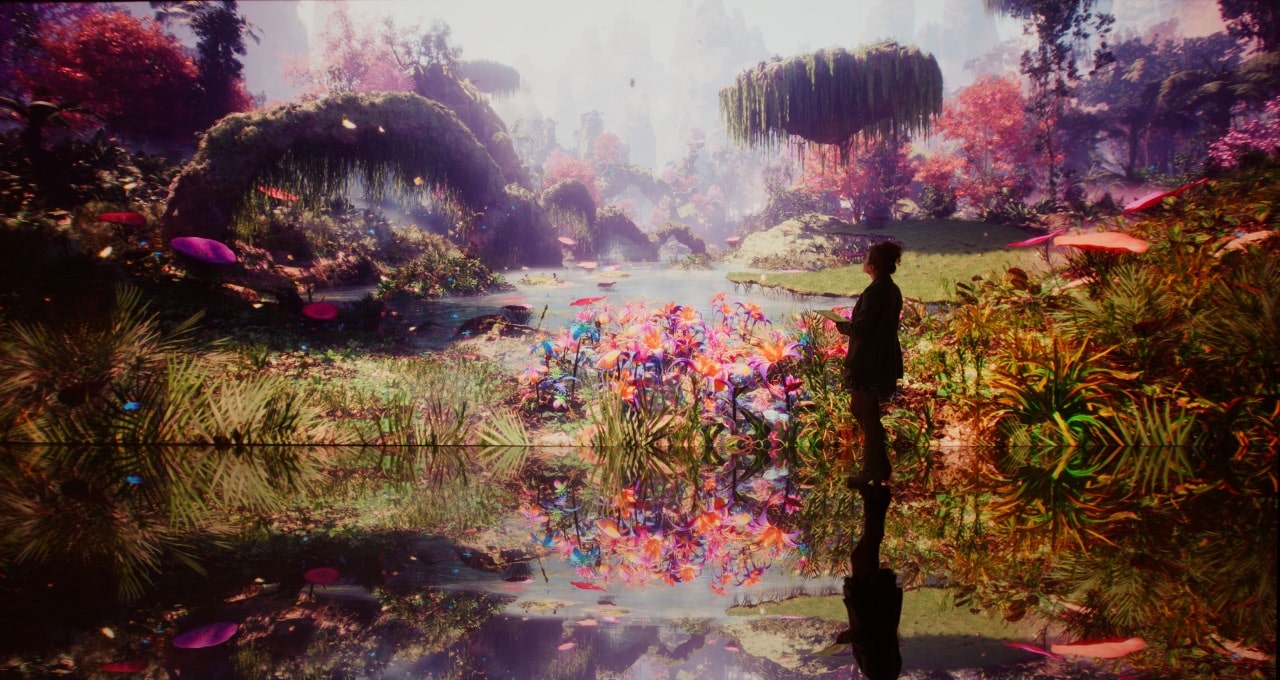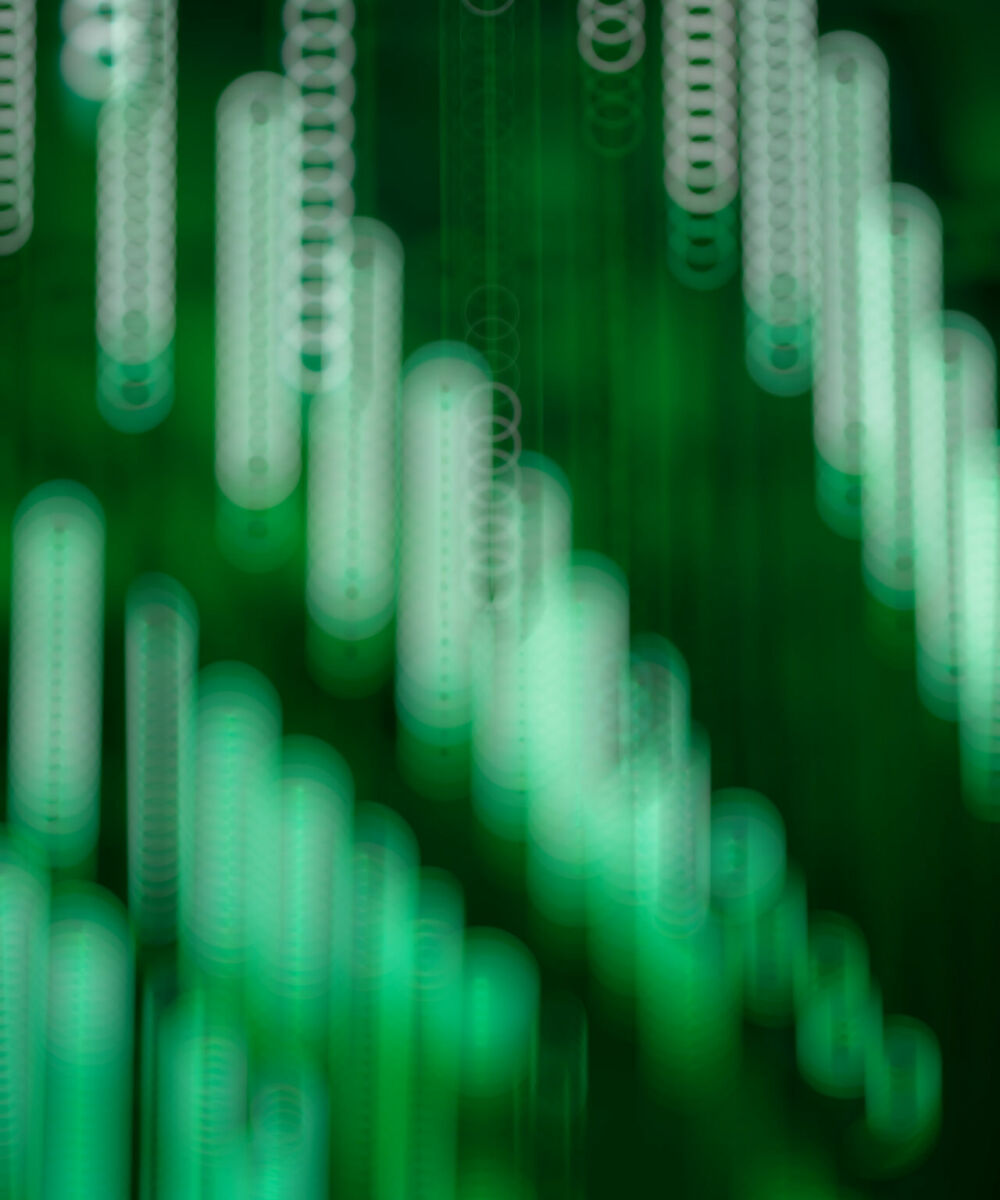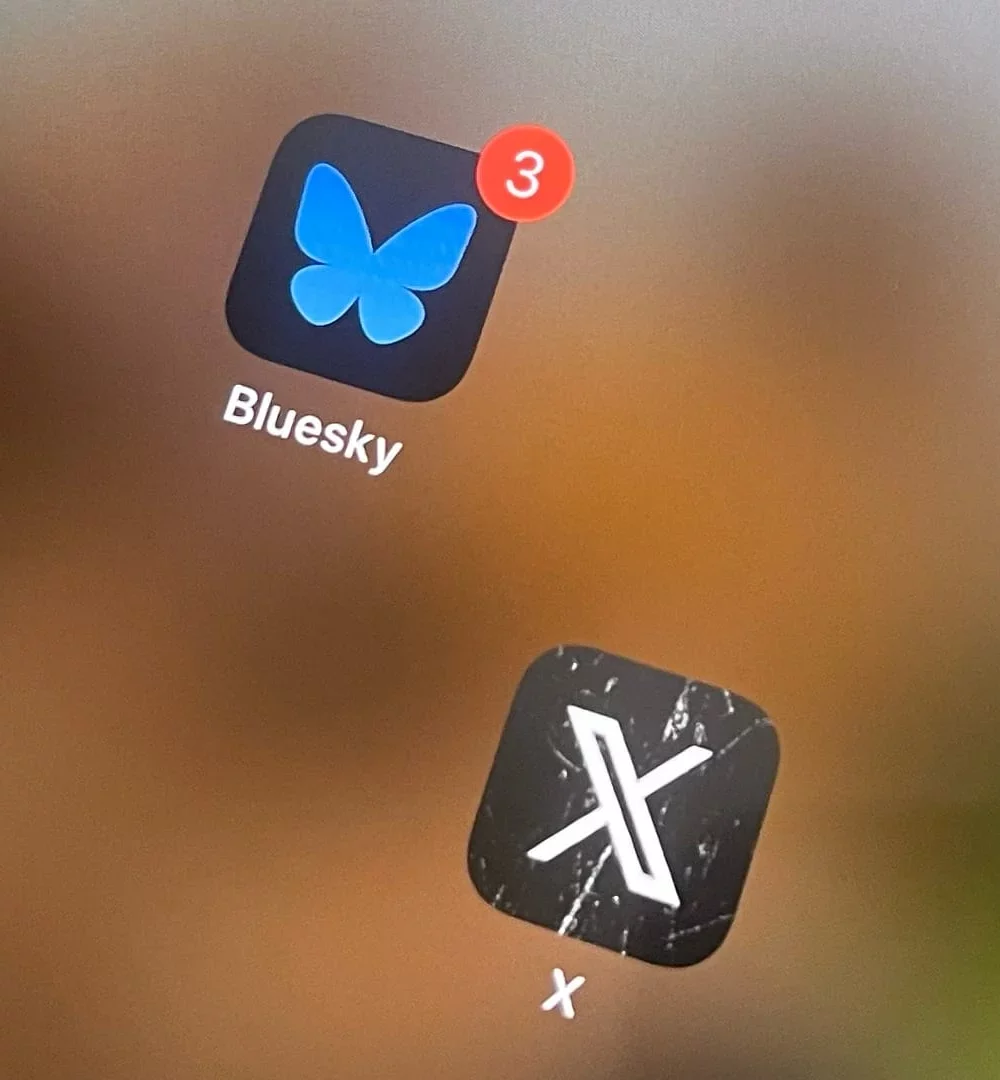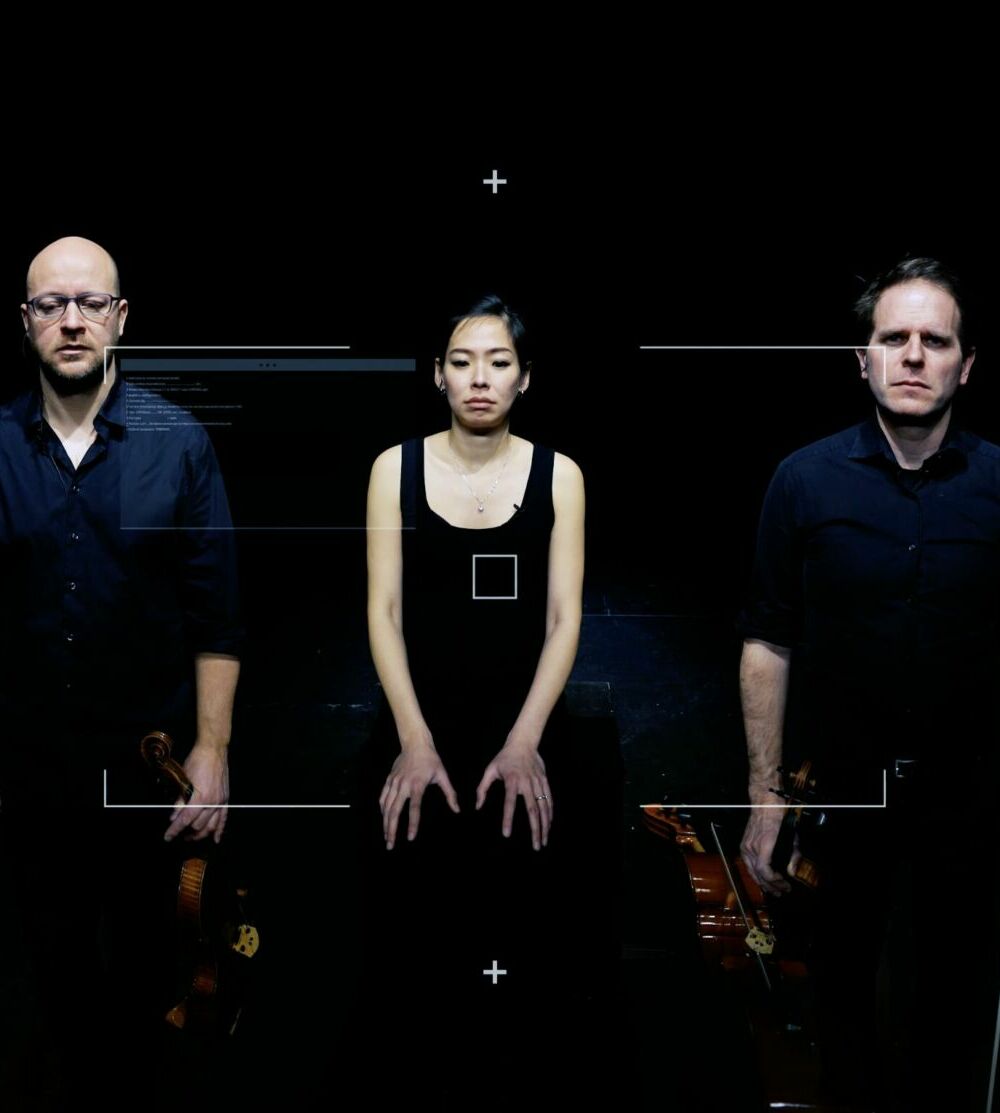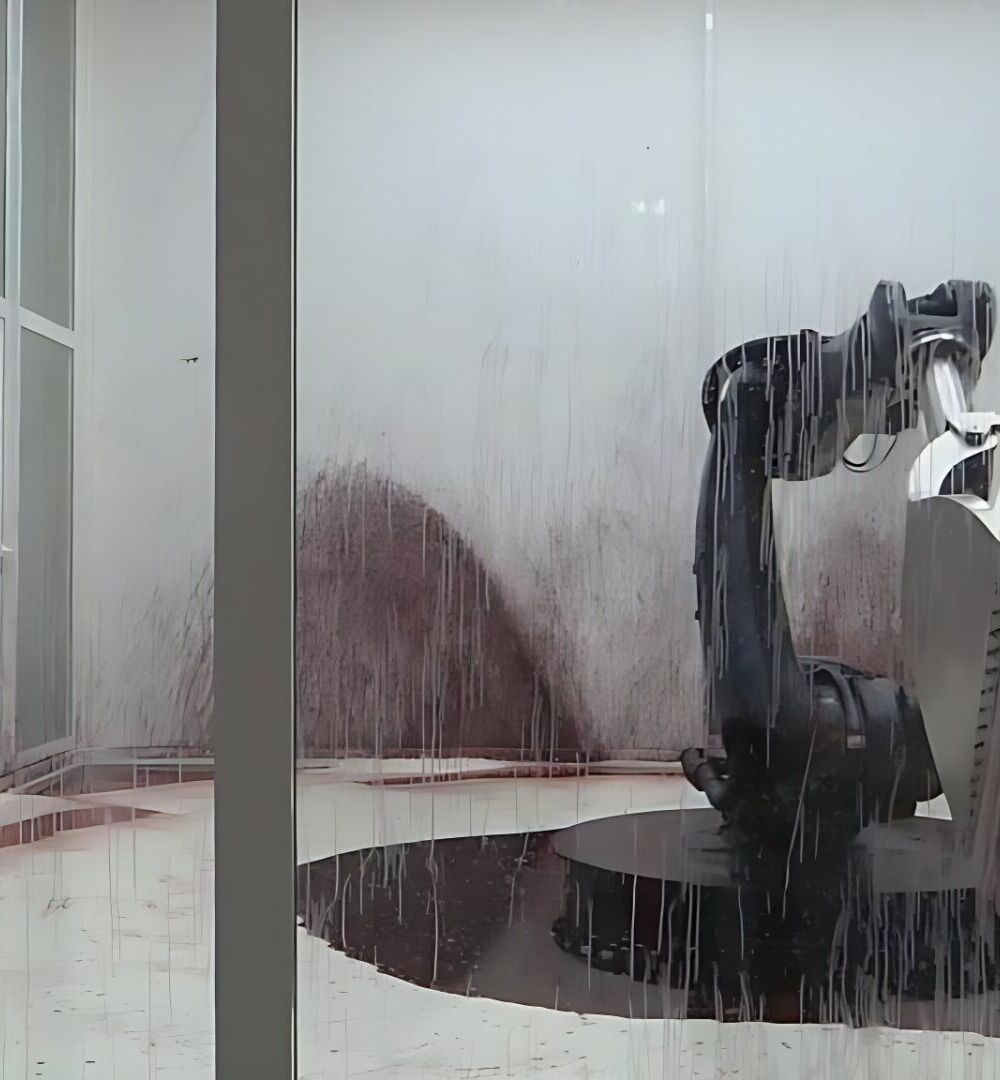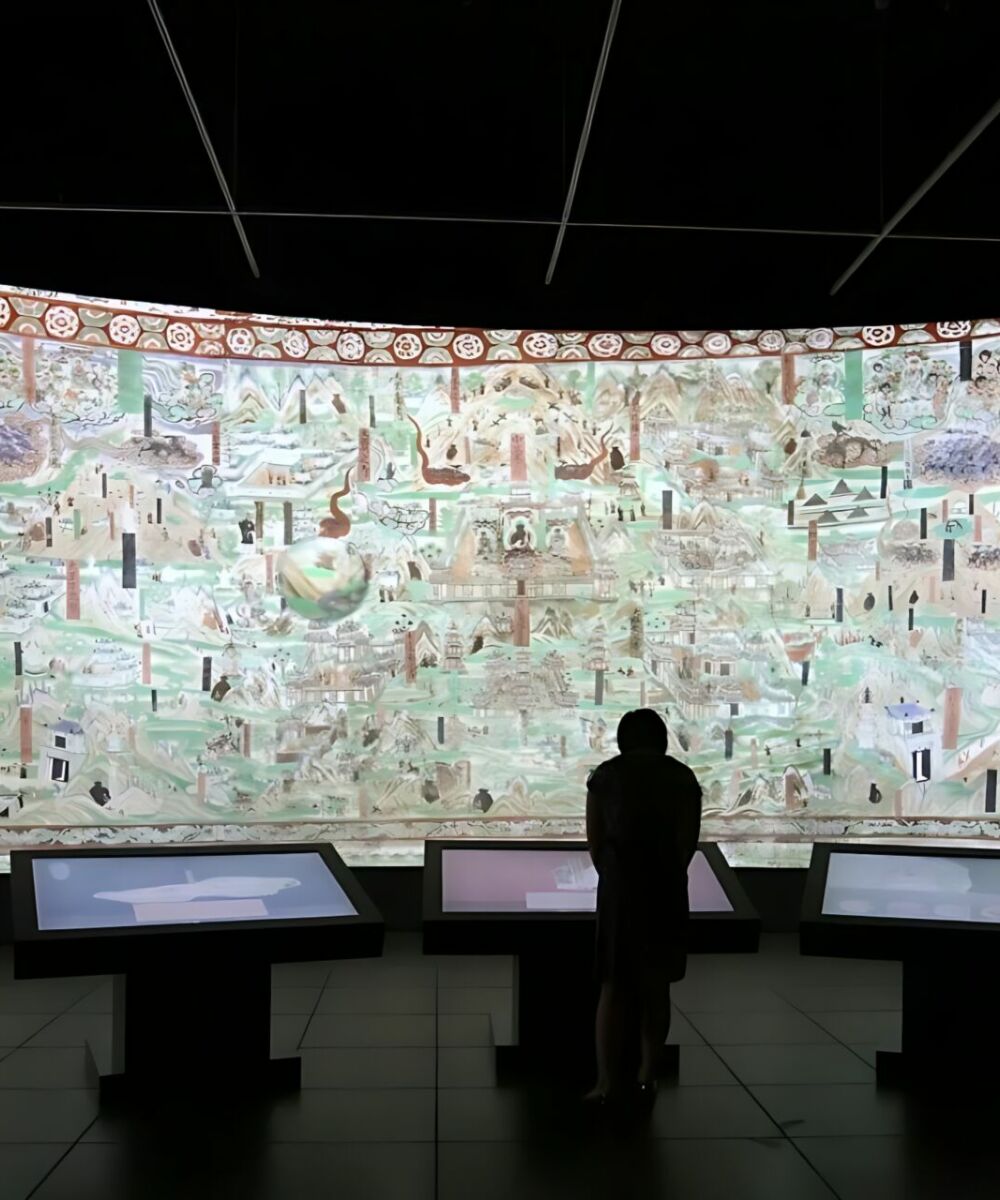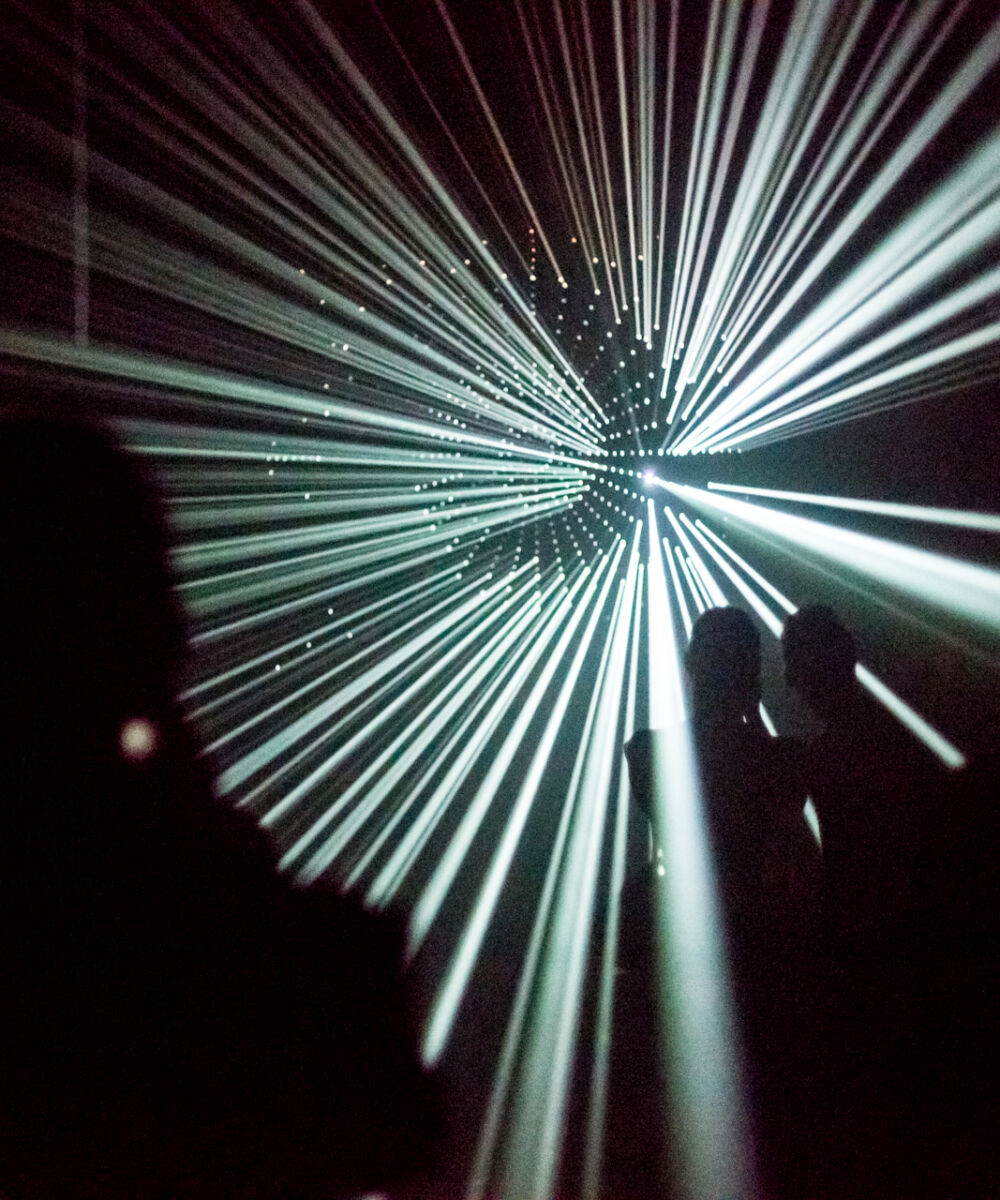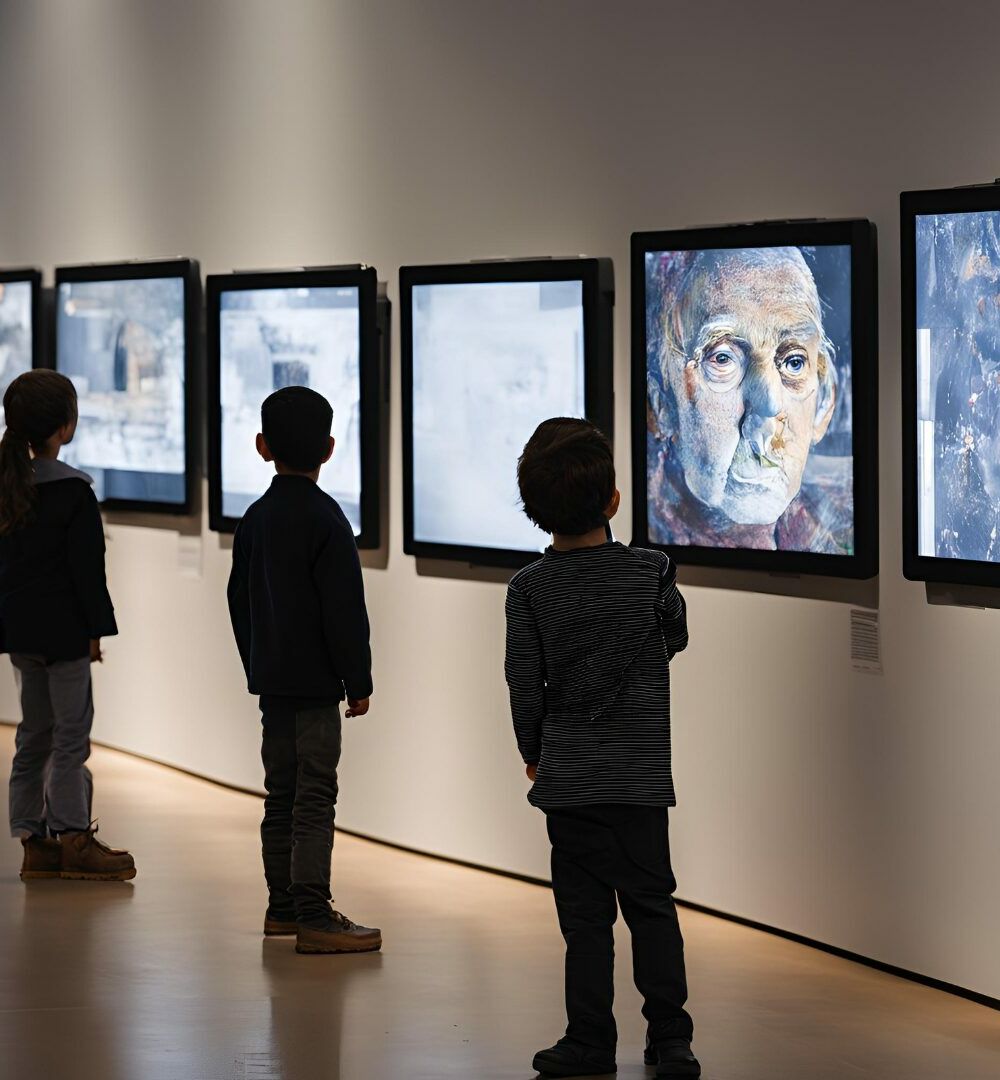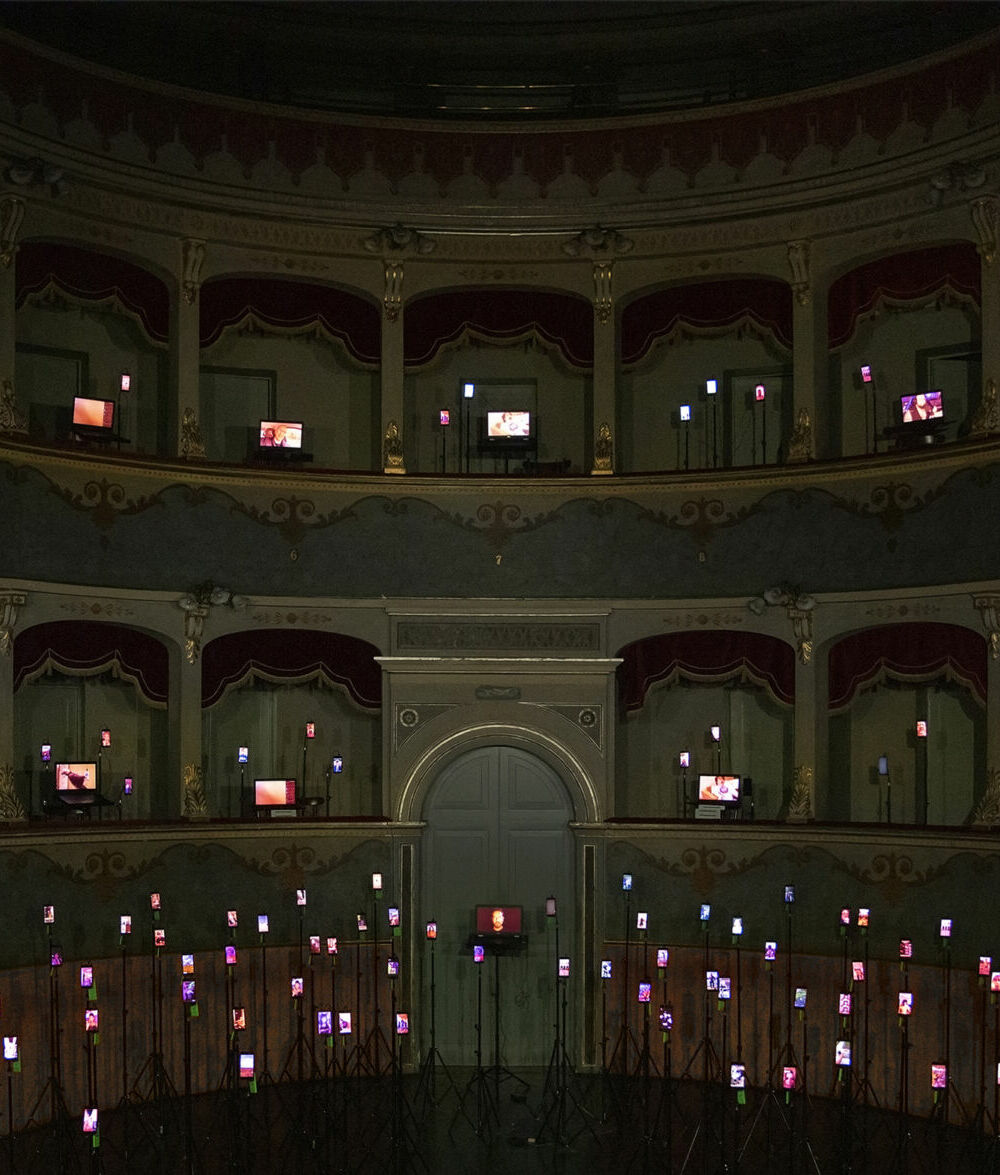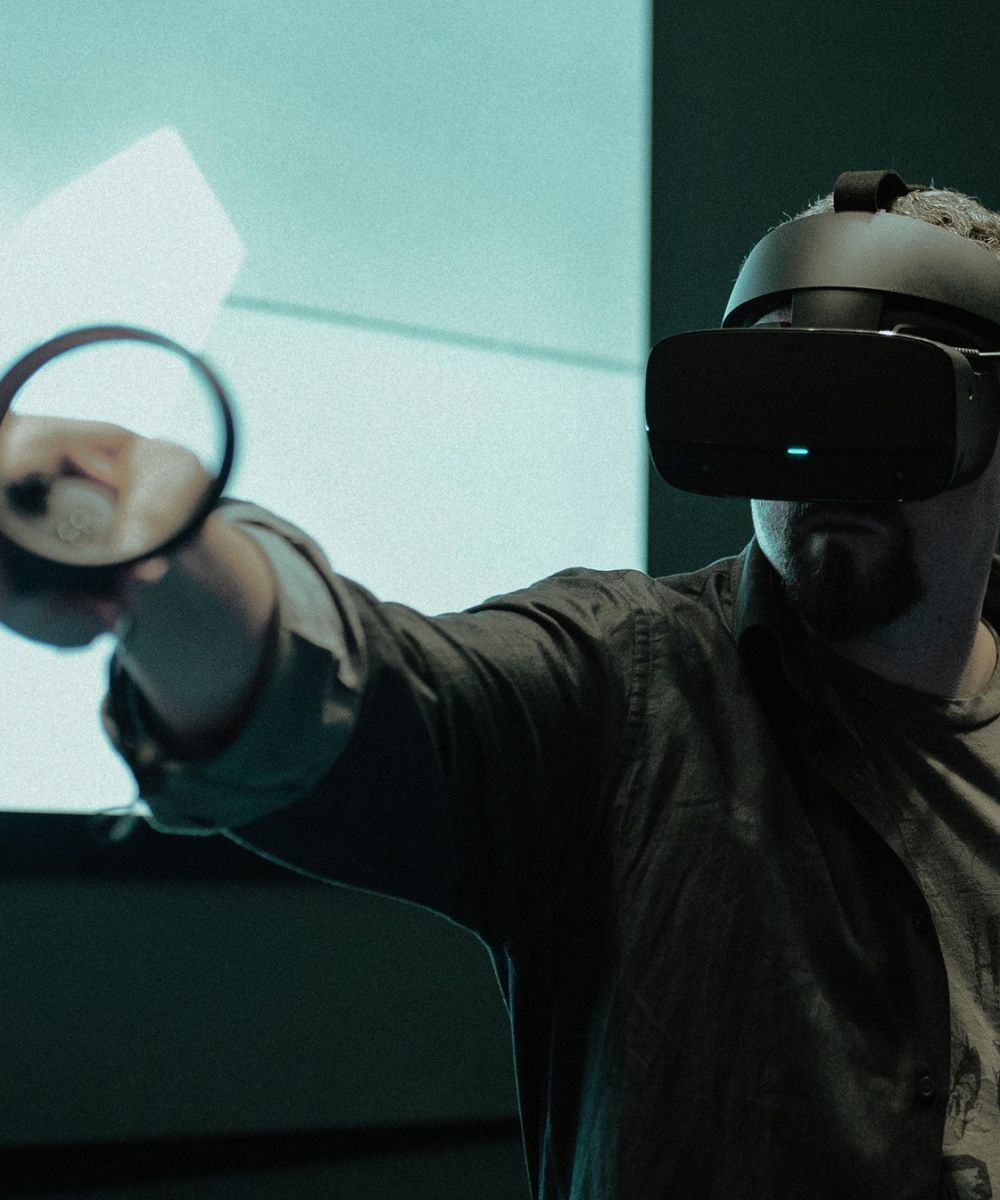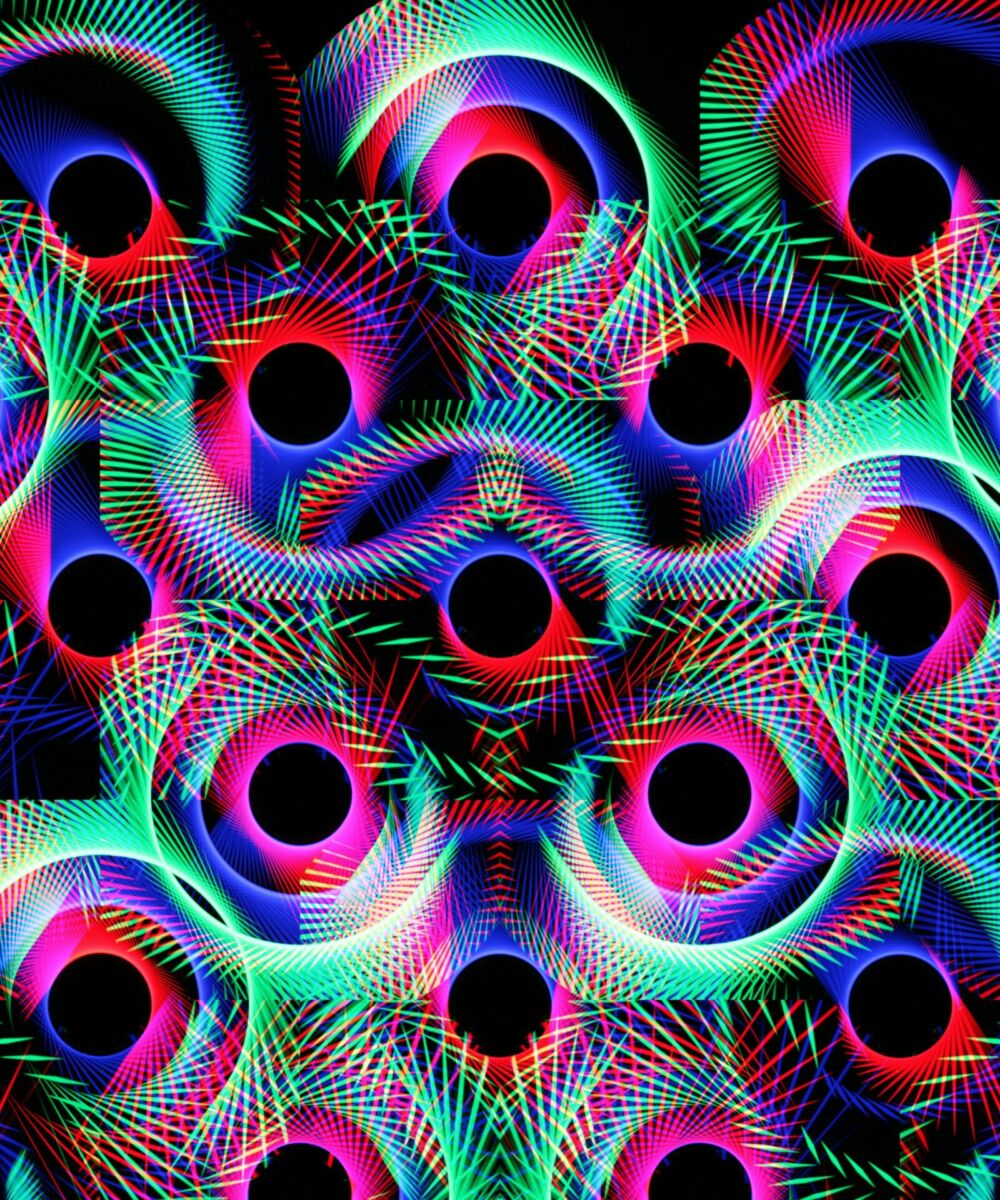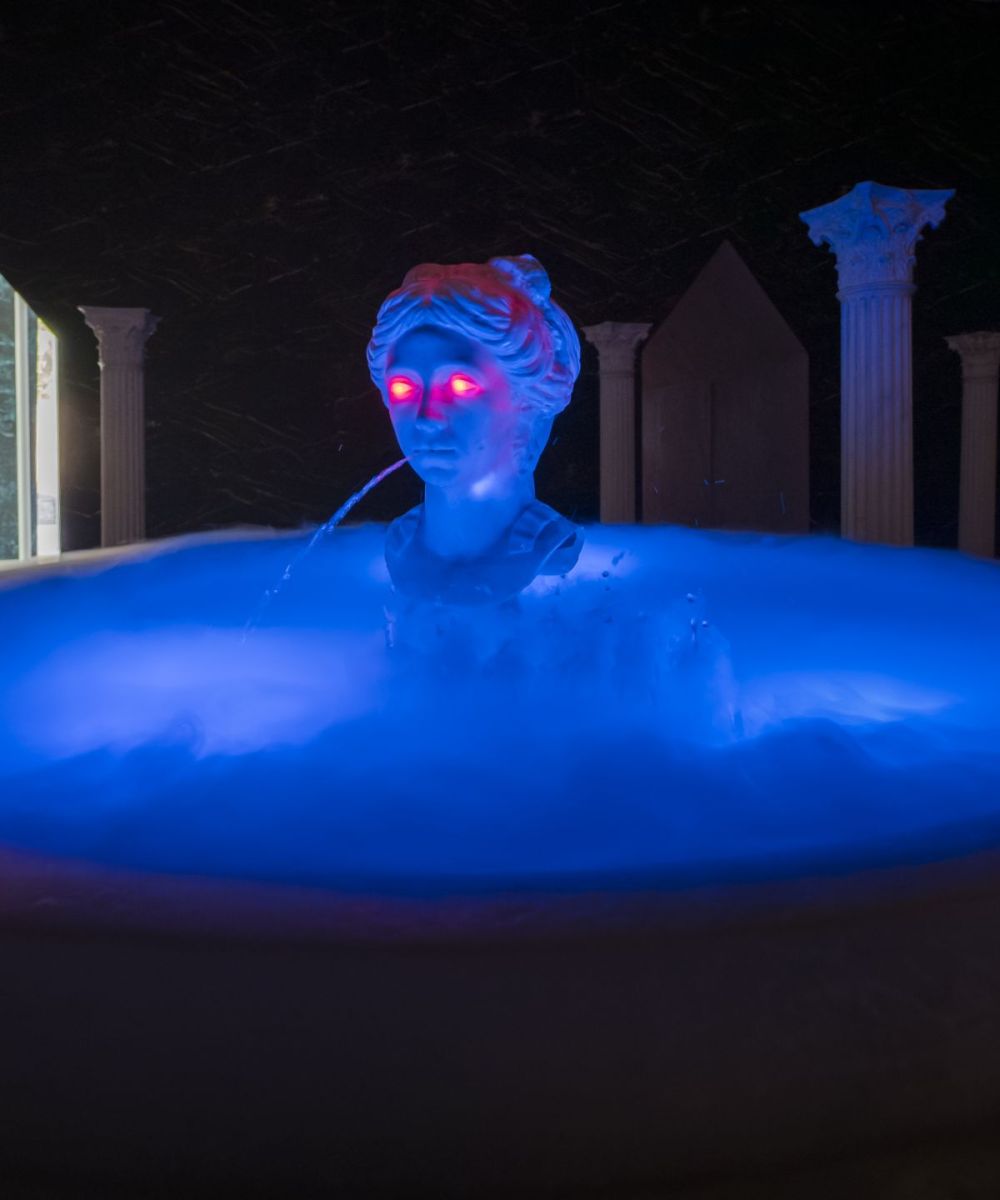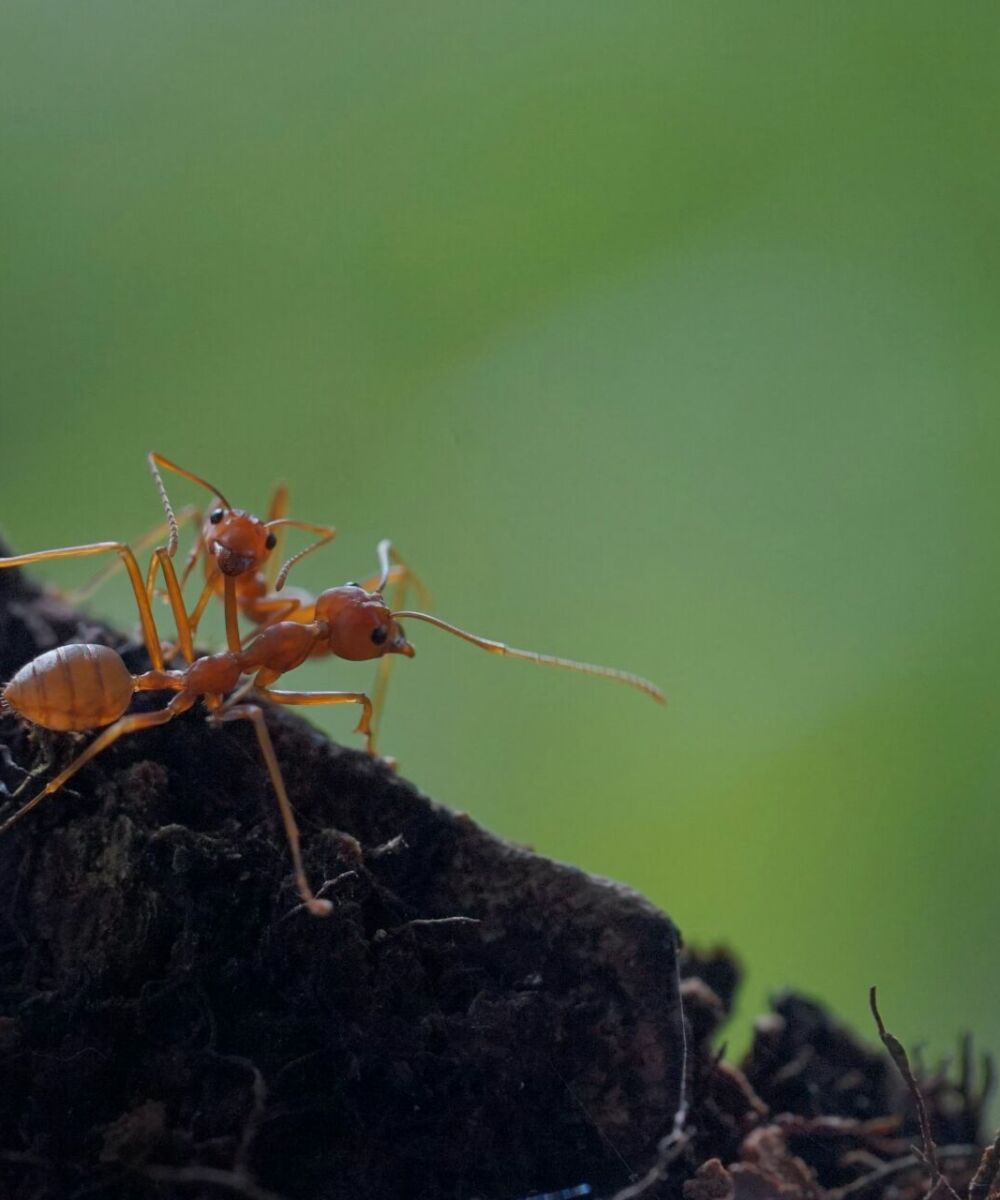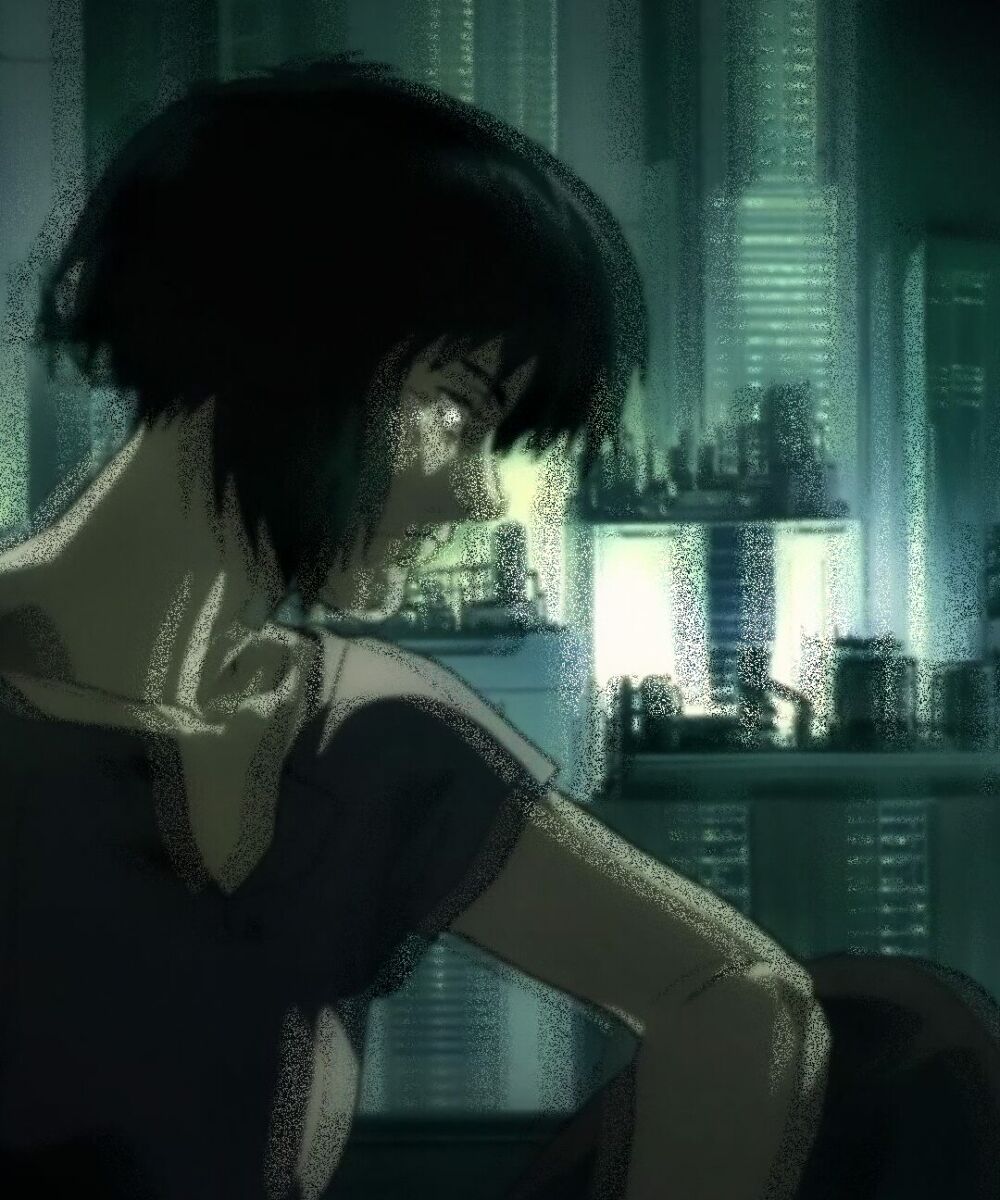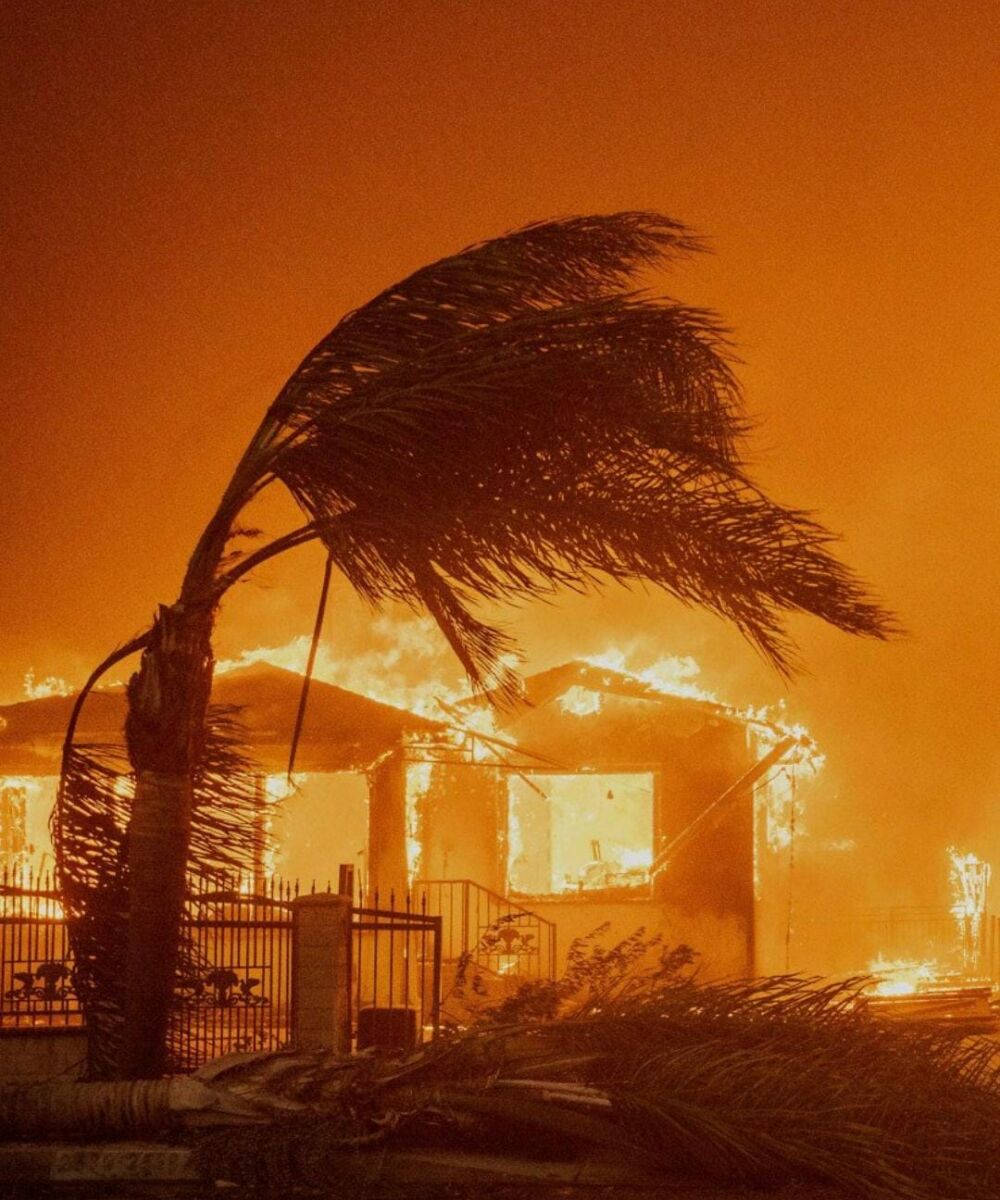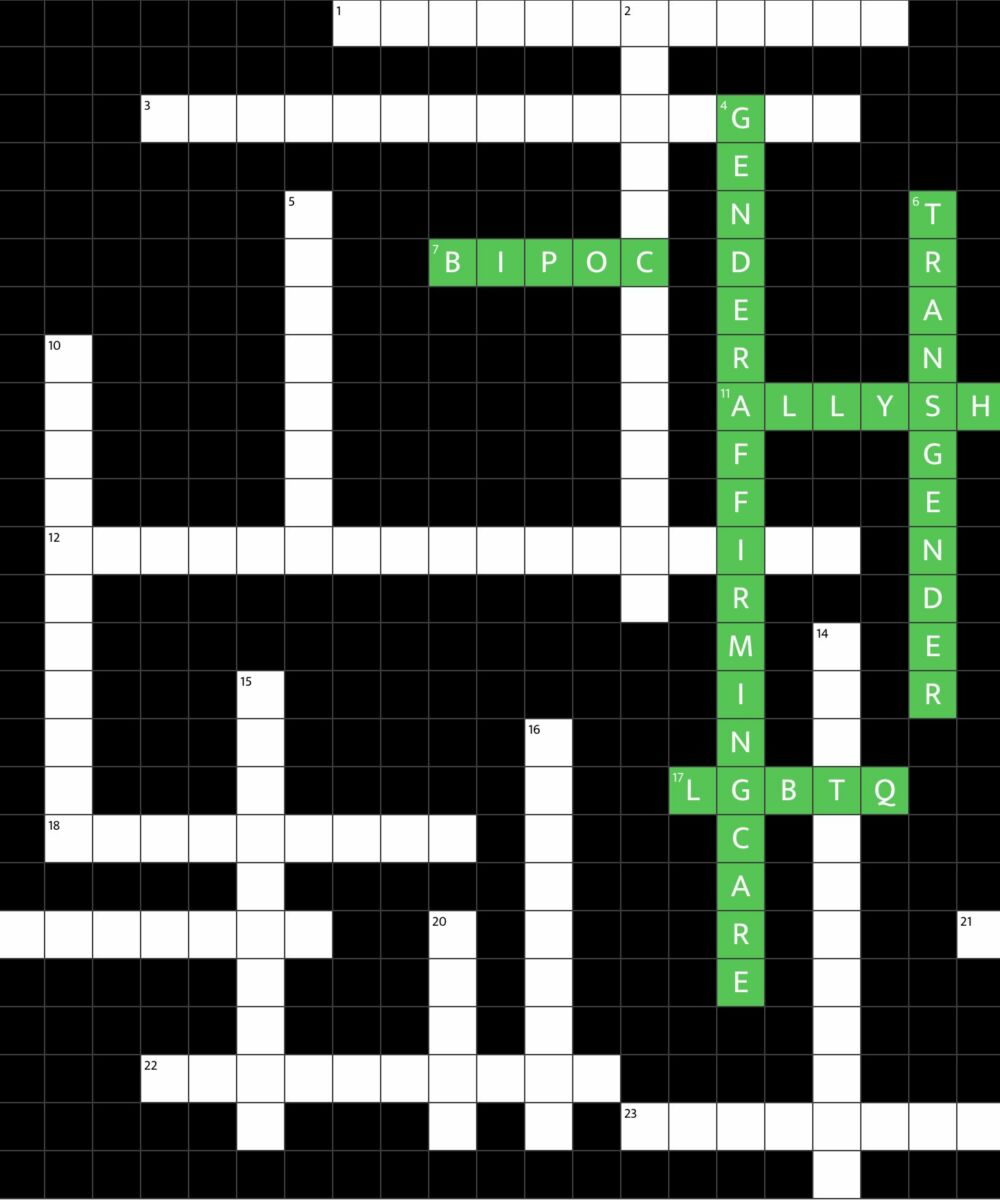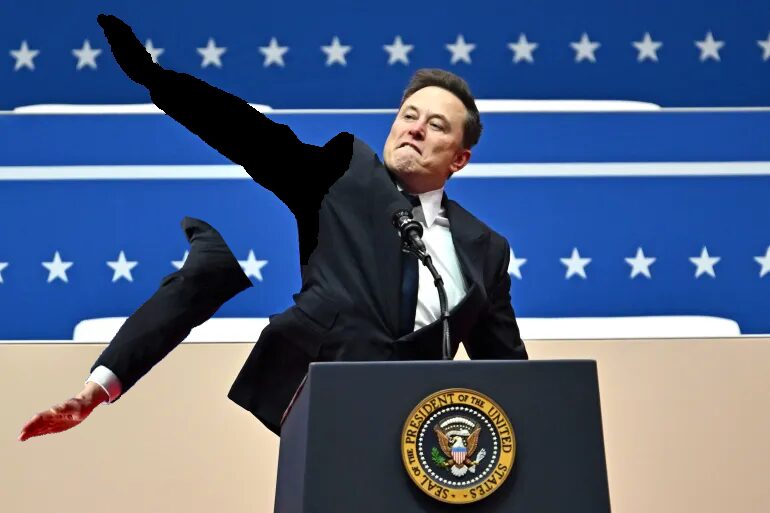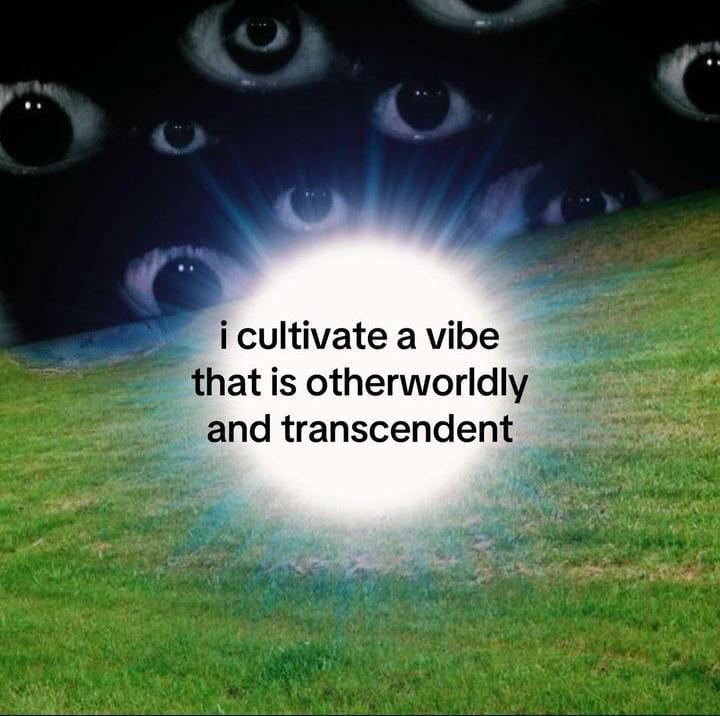NET ECOLOGY
How Polluting Is AI-Generated Art?
di Laura Cocciolillo
If you’ve been following this column in recent weeks, one thing should be clear by now: more and more artists are using new technologies to address themes of ecology and the climate crisis. Digital art, with its advanced tools—from artificial intelligence to 3D modeling and immersive installations—is redefining how we perceive and represent our relationship not only with technology but also with nature.
But how sustainable are these technologies really? What is the environmental cost of their production and operation? If it’s true that works like Large Nature Model by Refik Anadol promise to make us “feel” nature through data processing, it is equally undeniable that the process of generating them requires a considerable amount of energy resources and high-impact technological infrastructures. Even so, the artist stated in an interview with artnet: “Over the past four years, all our AI research has used ethical data and eco-sustainable resources.
Naturally, we do not want to harm nature while creating artworks about nature.” However, even when using renewable energy, training AI models entails high energy consumption, and in Anadol’s case, it also involves connectivity to a supercomputer in Los Angeles and Google Cloud. Furthermore, immersive projections and interactive installations—often powered by powerful servers and advanced rendering systems—require materials that are not always recyclable and constant maintenance. This presents us with a paradox: on the one hand, these works denounce climate change and urge us to reflect on the urgency of the ecological crisis; on the other, their very production process is far from sustainable. Is it possible to imagine a truly eco-friendly technological art?
Training an artificial intelligence model requires immense computing power. According to a 2019 study by Emma Strubell, training a large AI model can generate up to 284 tons of CO₂—the equivalent of five times the emissions produced by a car over its entire lifespan. While AI architectures have become more efficient, the trend toward creating increasingly complex models makes the issue more pressing.
In 2022, global data centers accounted for about 2% of the world’s CO₂ emissions—a share comparable to that of the entire aviation sector.
But energy consumption doesn’t end with the initial training. The everyday use of an AI model requires servers running 24/7, housed in data centers that consume massive amounts of electricity and water for cooling. In 2022, global data centers accounted for about 2% of the world’s CO₂ emissions—a share comparable to that of the entire aviation sector.
If an immersive art installation uses AI and neural networks to generate images in real time, it does so through servers consuming kilowatts upon kilowatts. If hosted in a museum or gallery, it requires high-resolution screens and projectors, often running for hours or even days. And if exhibited in multiple cities, the impact increases due to the logistics of transporting equipment and technical teams. This creates an evident conceptual contradiction: celebrating the beauty and complexity of nature through works that, indirectly, contribute to its destruction. While a traditional painting might have a minimal environmental footprint, an AI-driven installation has ecological costs that are hard to ignore.
How can artists and curators address this contradiction? Some attempts are already underway: using servers powered by renewable energy, optimizing AI models to reduce energy consumption, and selecting more efficient hardware. However, the most radical solution might be a deeper reflection on the necessity of certain productions: is it possible to create digital art about nature without having such a heavy environmental impact? Answering this question is a challenge that artists can no longer postpone.
Laura Cocciolillo
Is an art historian specialising in art and new technologies and new media aesthetics. Since 2019 she has been collaborating with Artribune (for which she is currently in charge of new media content). In 2020 she founded Chiasmo Magazine, an independent and self-funded Contemporary Art magazine. From 2023 he is web editor for Sky Arte, and from the same year he takes care, for art-frame, of the column ‘New Media’, dedicated to digital art.


